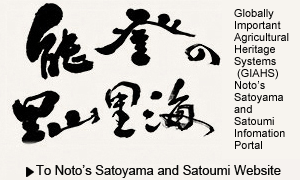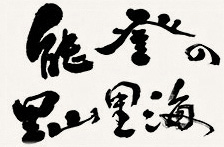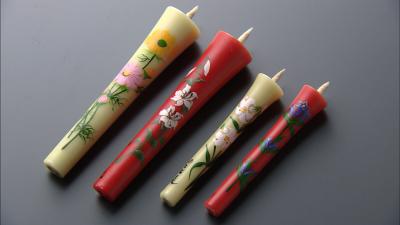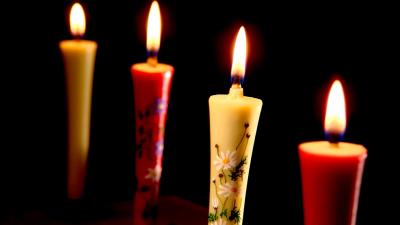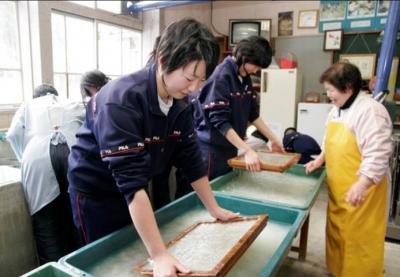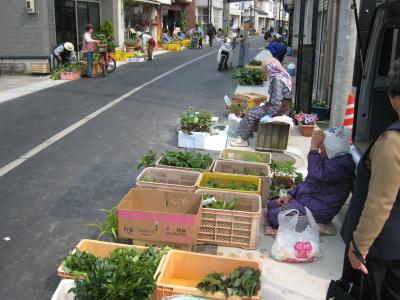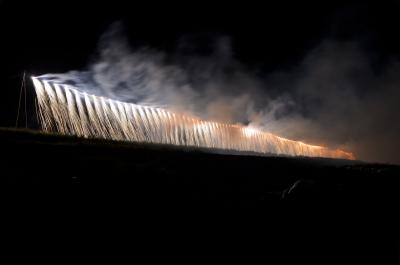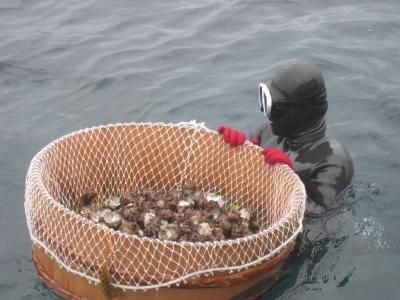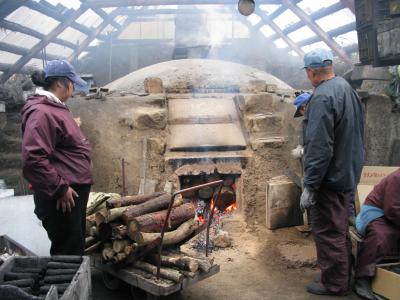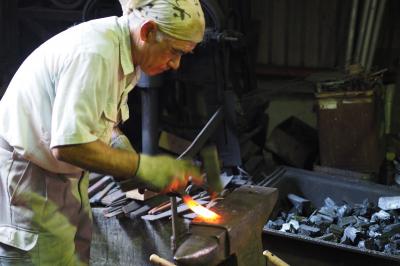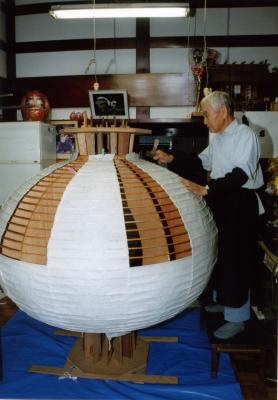
Name
Nanao Japanese Candles
Address
Nanao City
Category
Life
Class
Comment
Nanao Japanese Candles are produced in the traditional way, with wax taken from wax trees and wicking made of Japanese paper. Compared with Western candles made of paraffin wax and cotton wicking, Japanese candles emit less soot and produce a bigger flame; therefore, they are more resistant to wind and do not go out easily. Candles were imported from China in the olden days. In the Edo period, the cultivation of wax trees was promoted, and the use of candles spread among the population. In Ishikawa Prefecture, the Jodo Shinshu sect of Buddhism was very popular, and candles were produced in places such as Kanazawa to use as lighting for Buddhist ceremonies in feudal times. In particular, Nanao became famous for its production of candles in conjunction with the spread of Buddhist altars. In the Meiji period, Kitamae ships transported wax trees to Nanao Port and distributed Nanao candles all over Japan. Now, only Takazawa Candles (Ipponsugi-machi, Nanao City), founded in 1892, produces Japanese candles in Ishikawa. Recently, various new types of candles have been produced in addition to red or white candles for Buddhist ceremonies. Candles with pictures of seasonal flowers and traditional patterns are very popular as souvenirs.
Views
Access number:12691

